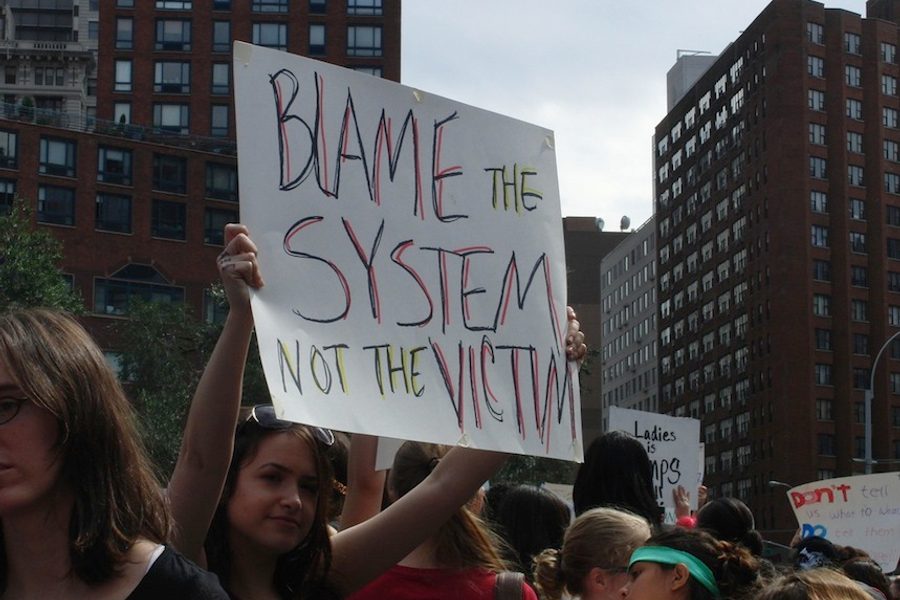
One morning in 2012, a man snuck up behind Erika Anderson on a busy sidewalk in Crown Heights and shoved his hand between her legs. When Anderson went to the 77th Precinct station to report the attack, she was surprised to learn the crime rate in her new neighborhood. She wrote about the experience for the New York Times in a piece entitled, “On Being Both the Wolf and the Lamb.”
Anderson believes that her assault had something to do with her being a white woman in a predominantly Caribbean neighborhood. This is a dubious assumption to say the least. The latest NYPD crime statistics map puts the 77th Precinct in the same risk bracket as many precincts containing many much whiter neighborhoods including tony Brooklyn Heights and much of Manhattan below Central Park.
Anderson writes about Crown Heights as if its crime rate is inextricably tied to its racial makeup. “Contributing to the crime map was the first and only sign that I belonged,” she says, as if being victimized on the street is part and parcel of belonging in Crown Heights. Whereas, when someone gets groped in Brooklyn Heights, we don’t reflexively reach for racial explanations.
And then there’s the issue of race — like most gentrifiers, I am white, and the largely Caribbean neighborhood is not. I had been riding the sea foam of the latest wave of gentrification on a blow-up dolphin from Disney World.
“Yet here I am, both the wolf and the lamb, pushing my way into a place where I don’t necessarily belong and facing the consequences,” Anderson writes. In what sense is she the wolf in this scenario? She was the victim of a sexual assault.
Anderson feels guilty about being a gentrifier and her guilt about her status as a newcomer is coloring her assessment of her assault. Most troublingly, her dual wolf/sheep analogy suggests a moral equivalence between gentrification and sexual assault. A wolf is a predator. Wolves don’t just take advantage of lambs or make lambs’ lives unnecessarily difficult. They hunt them and kill them. Anderson did not prey on the man who assaulted her, nor did she prey on her new neighbors in the way that a wolf preys on sheep. Even if you think that gentrification is unequivocally wrong, there is no moral comparison between involuntarily driving up rents and attacking strangers on the street.
Anderson’s words evoke a sexist trope that sexual violence is well-deserved punishment for women who go places they “don’t belong.” Unreconstructed sexists insist that rape is a “consequence” of dressing provocatively, of being overly flirtatious, of being known to enjoy consensual sex, of going to dangerous places or of consorting with dangerous people.
By casting herself as a predator and a victim, Anderson invites the inference that her assault is somehow punishment for being a white interloper in a neighborhood of color. It’s a liberal variation on victim-blaming.
As a survivor of sexual assault, Anderson is entitled to her complex and contradictory feelings about what happened to her. However, the New York Times erred in giving her such a prominent platform to explore them.




